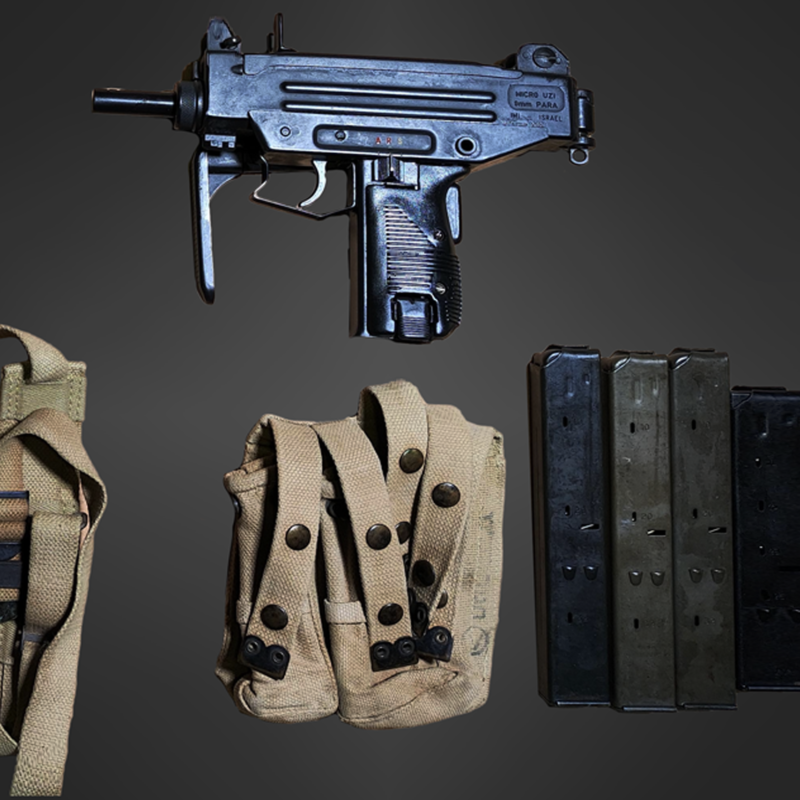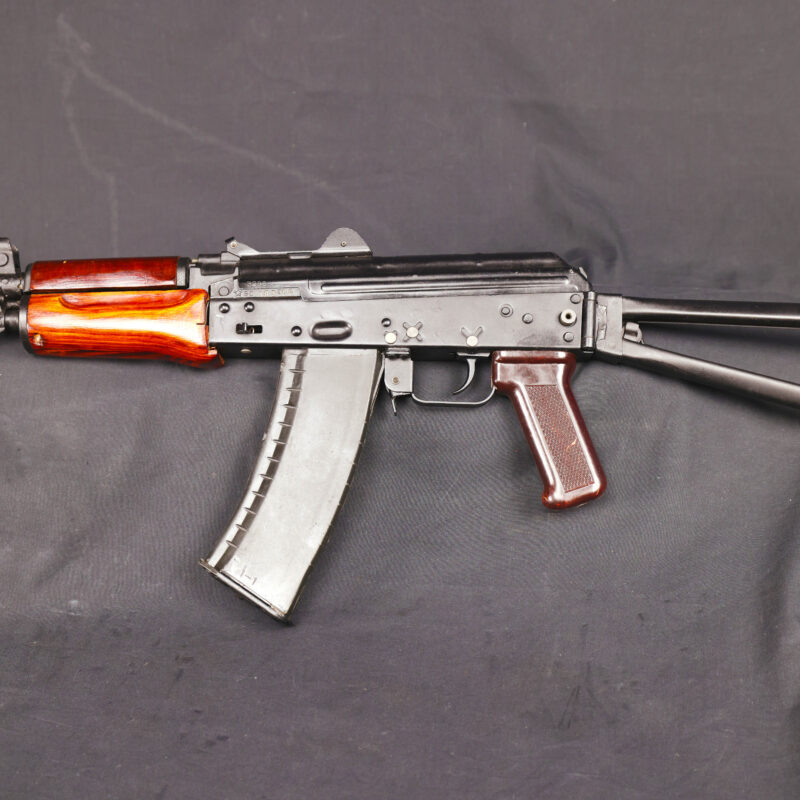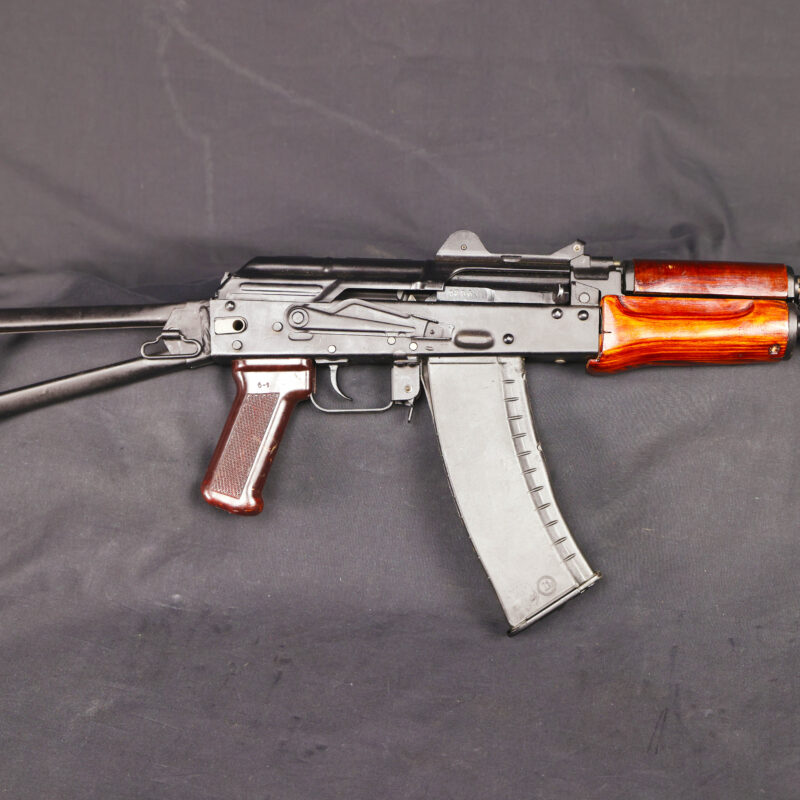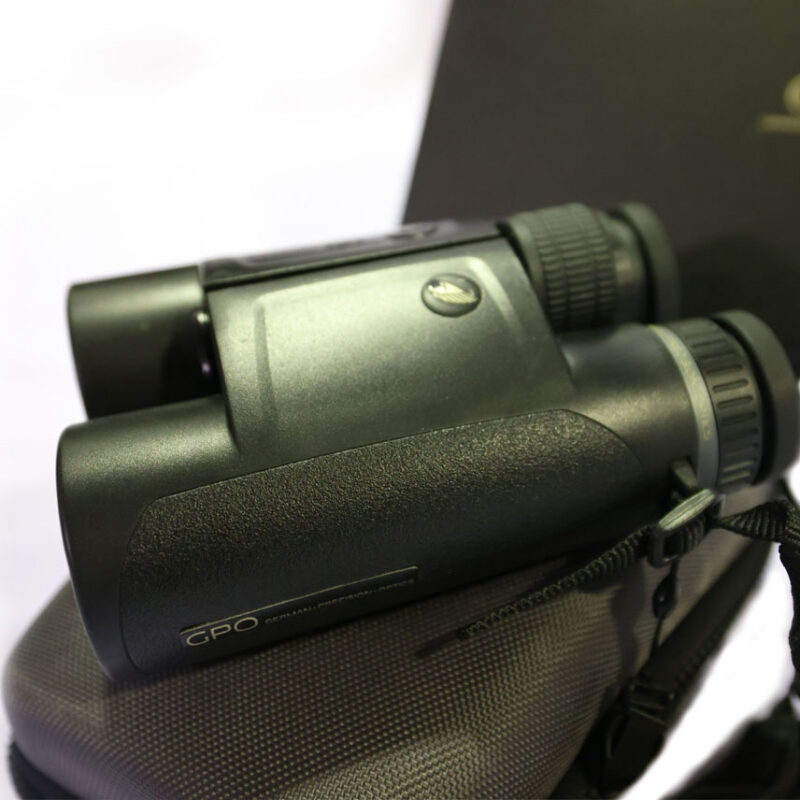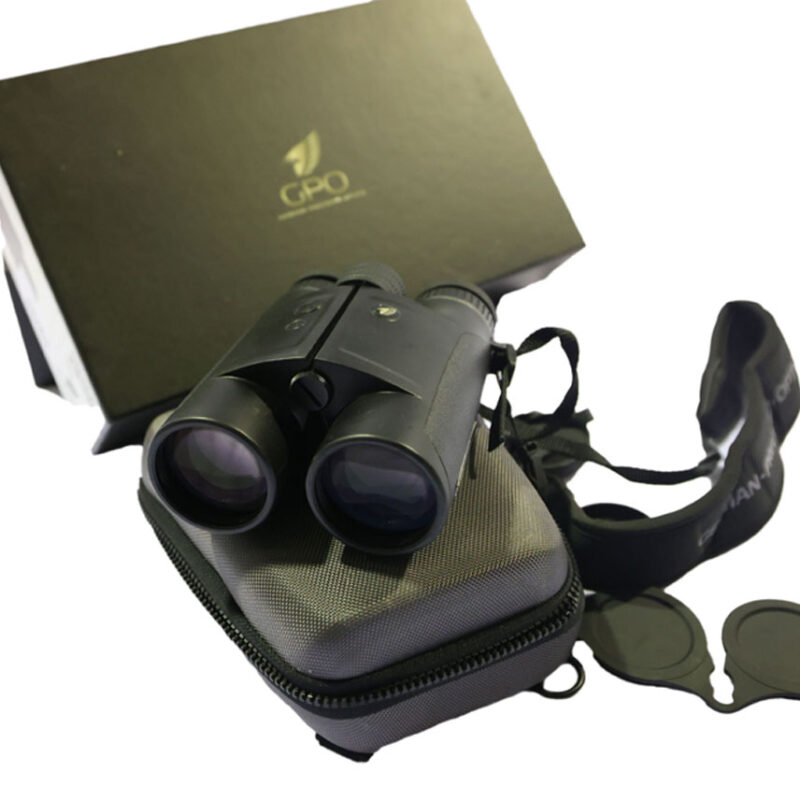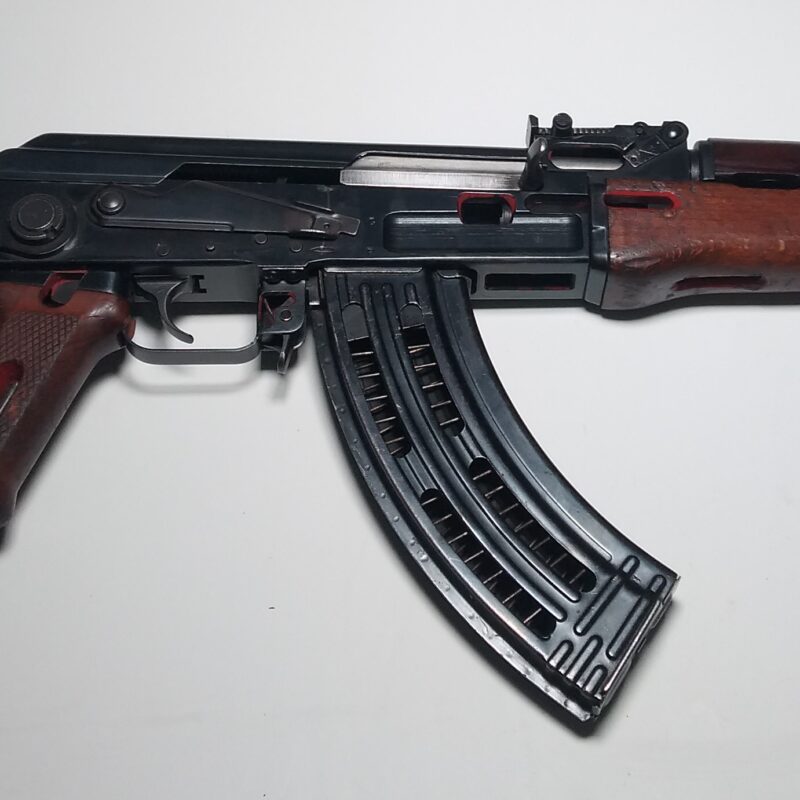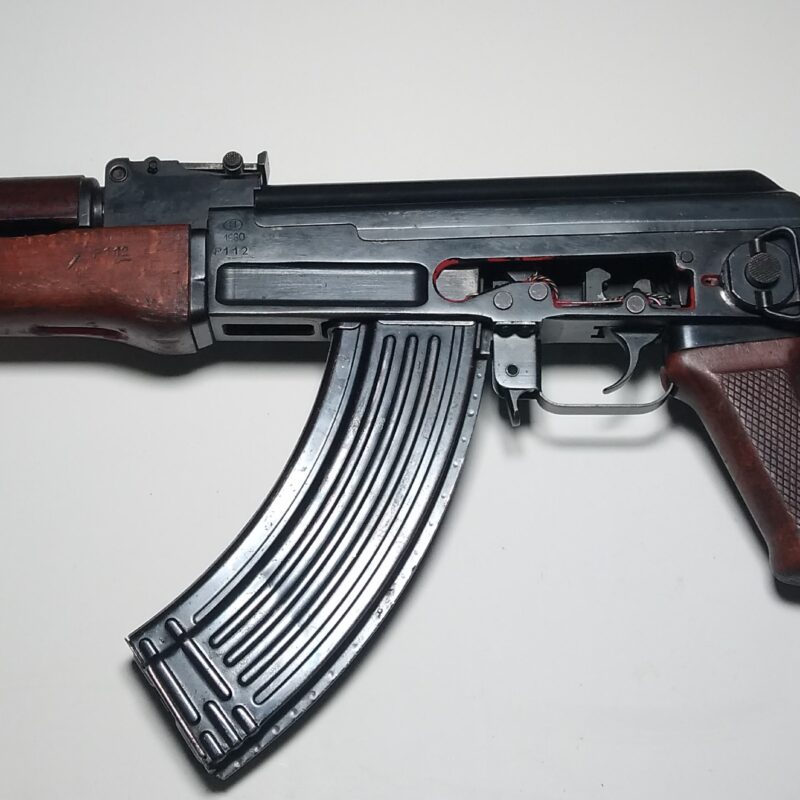Description
The Sten Mk II is one of the most iconic submachine guns of World War II, widely used by British and Commonwealth forces. Designed for simplicity and ease of mass production, the Sten Mk II became famous for its minimalistic design and low manufacturing costs, which allowed it to be produced in vast quantities during the war. The weapon was designed by Major Reginald V. Shepherd and Harold Turpin, with the name “Sten” derived from their initials and “Enfield,” where the weapon was first manufactured.
The Sten Mk II features a simple blowback-operated action and fires from an open bolt, which contributed to its reliability in various environmental conditions. The submachine gun is chambered in 9×19mm Parabellum, a common and effective cartridge that was widely used by both Allied and Axis forces. The Sten Mk II’s design is remarkably barebones, with a tubular steel receiver, a side-mounted magazine, and a rudimentary wire stock. Despite its crude appearance, the Sten Mk II was effective in close-quarters combat and became a symbol of the British wartime resistance.
One of the key features of the Sten Mk II is its ability to be easily disassembled and reassembled, making it easy to transport and conceal. This characteristic made it a favorite among resistance groups and special operations forces. The side-mounted 32-round magazine, while a bit awkward, allowed for a compact profile and was relatively quick to reload. The Sten Mk II was used in numerous theaters of war and remained in service with various military forces well into the post-war years.


